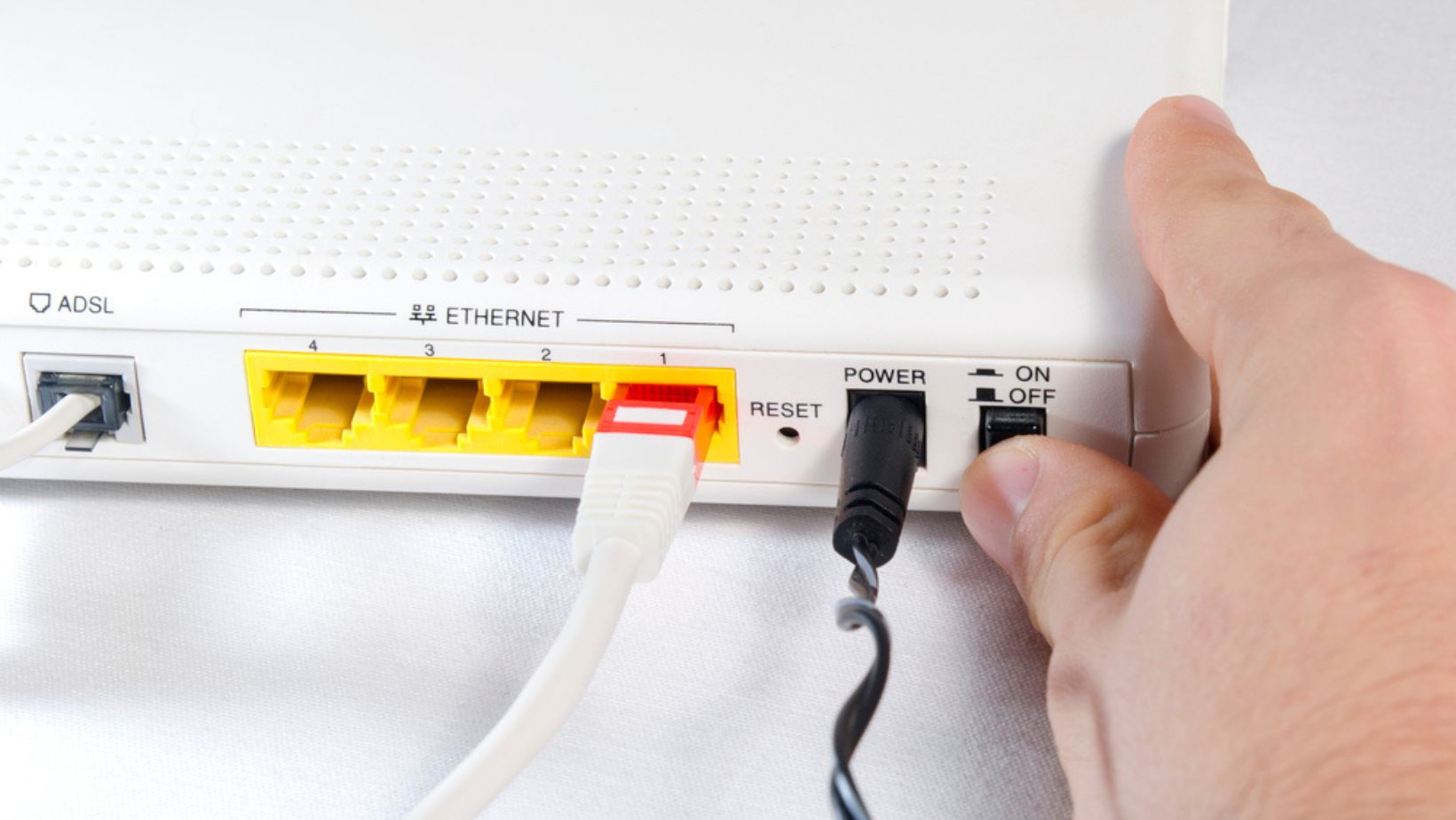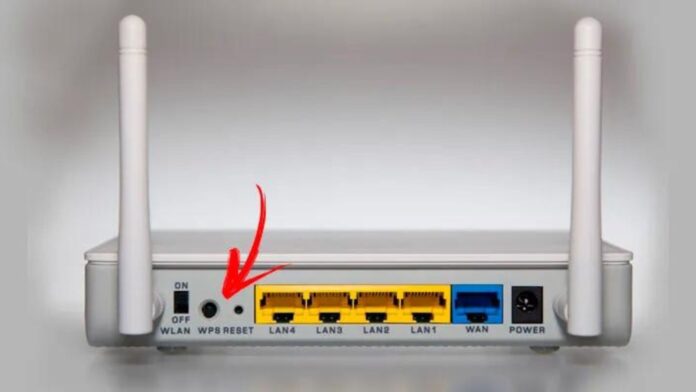Where Is the WPS Button on Verizon Router
If you’re wondering where the WPS button is located on your Verizon router, I’m here to help! The WPS (Wi-Fi Protected Setup) button is a handy feature that allows for quick and easy connection between devices without the need for complicated passwords. On most Verizon routers, you can find the WPS button conveniently placed on the front or back panel.
To locate the WPS button, take a look at your Verizon router. It’s usually labeled with “WPS” or represented by an icon resembling two arrows in a circle. Depending on the model of your router, it may be located on the front panel alongside other buttons or on the back panel near the Ethernet ports.
Once you’ve found the WPS button, simply press it to initiate a connection with compatible devices. Remember that not all devices support WPS, so make sure to check if your device has this capability before attempting to use it. With the WPS feature at your fingertips, connecting to your Verizon router will be a breeze!
Locating the WPS Button on a Verizon Router
Identifying the Physical Location of the WPS Button
When it comes to connecting devices to your Verizon router, the Wi-Fi Protected Setup (WPS) button can be a handy feature. The WPS button allows for quick and easy connection without having to manually enter a password. But where exactly is this elusive button located?
Verizon routers typically have their WPS buttons located on the front or back panel. To identify the physical location of the WPS button on your specific router model, you can refer to the user manual or look for these common indicators:
- Look for a small button with “WPS” written beside it.
- Check for an icon that resembles two arrows forming a circle.
Once you’ve found the WPS button, you’re one step closer to hassle-free device connections!

Locating the WPS Button on Specific Verizon Router Models
Different Verizon router models may have slight variations in terms of design and placement of buttons. Here are some popular router models and where you can find their respective WPS buttons:
- Verizon Fios Quantum Gateway (G1100): The WPS button is located at the top-right corner of the front panel.
- Verizon Fios Home Router (G3100): You can find the WPS button at the top-left corner of the back panel.
- Verizon 4G LTE Broadband Router with Voice (T1114V): On this model, look for a small recessed hole labeled “WPS” on either side of its power connector.
Remember, these are just examples, and it’s always best to consult your specific router’s documentation for accurate information about locating its WPS button.
Alternative Methods to Connect Without Using the WPS Button
If locating or using the physical WPS button doesn’t suit your needs, fear not! There are alternative methods to connect your devices without relying on the WPS button. Here are a few options:
- Manual Wi-Fi Setup: Instead of using WPS, you can manually connect your device to the router’s Wi-Fi network by entering the network name (SSID) and password.
- Verizon My Fios App: If you have the Verizon My Fios app installed on your smartphone or tablet, it can guide you through the process of connecting new devices to your Verizon router.
- WPS PIN Method: Some devices may offer an option to enter a WPS PIN instead of using the physical button. This method requires entering a unique numerical code provided by your router.
By exploring these alternative methods, you’ll be able to connect your devices even if the WPS button is not easily accessible or convenient for you.
Remember, every Verizon router model may have different specifications and features. It’s always recommended to consult your specific router’s manual or contact Verizon support for detailed instructions tailored to your device.
Now that you know how to locate the WPS button on a Verizon router and have alternative methods at hand, connecting devices will be a breeze!


